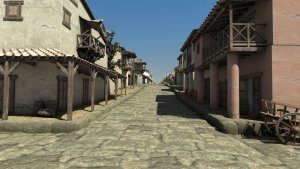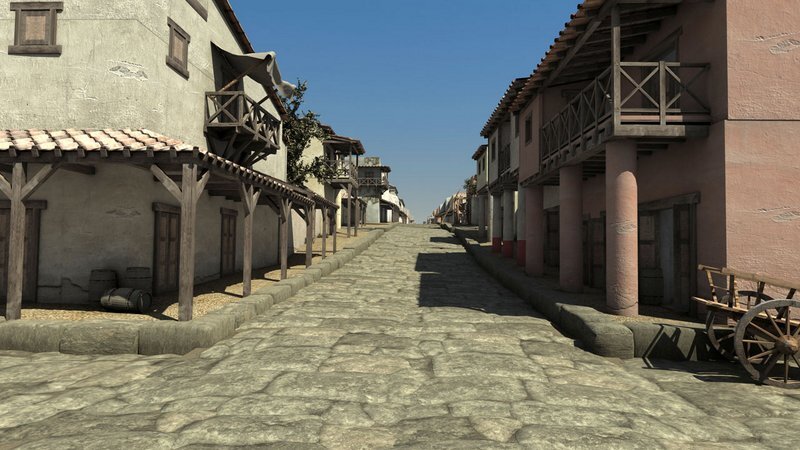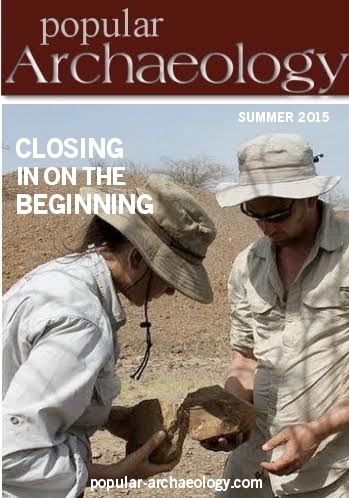
The development of new technologies and techniques, combined with the increasingly interdisciplinary approach of archaeological investigation, are producing results that, for the archaeologist of 20 years ago, might have been the stuff of science fiction. Who would have known then that scientists would resurrect in startling detail an entire ancient Roman town after only fractional excavation? And who would have known that thousands of people from nearly every corner of the world would be able to ‘walk’ through that town without ever physically setting foot within?
This, however, is exactly what has happened for an obscure archaeological site located in Portugal—a relatively small ancient Roman town whose few visible remains have attracted comparatively few visitors—at least as compared to the iconic Roman city of Pompeii in the south of Italy.
But unlike Pompeii, this Roman town, known as Ammaia, has been the subject of an intense, comprehensive focus through the remarkable new advances of what is being penned ‘non-invasive archaeology’—the application of state-of-the-art remote sensing, mapping and visualization technologies to uncover what an otherwise prohibitively expensive and lengthy archaeological investigation might reveal. Efforts began in 2009 with the launch of the Radio-Past (an acronym for Radiography of the Past) under the coordinative co-direction of Cristina Corsi of the Universita degli Studi di Cassino, Italy, and Frank Vermeulen of the Universiteit Gent in Belgium. Through the collective efforts of a consortium of European institutions spearheaded by the University of Evora in Portugal, as well as a broad array of experts, Radio-Past approached the site with a non-invasive research strategy, collecting data not as much through traditional excavation as through the application of technology and a multi-disciplinary plan to, in essence, ‘see’ what was hidden beneath the surface without digging it up. In the end, the results were both abundantly informative and visually stunning.
_______________________________________
 Reconstructed/revisualized street view of the south part of the city of Ammaia. Courtesy 7reasons
Reconstructed/revisualized street view of the south part of the city of Ammaia. Courtesy 7reasons
_______________________________________
The video shown below encapsulates the project’s results. In addition, a richly illustrated major feature article in Popular Archaeology Magazine relates the project and its conclusions in greater detail.
____________________________________________________
____________________________________________________
 Read more in-depth articles about archaeology with a premium subscription to Popular Archaeology Magazine.
Read more in-depth articles about archaeology with a premium subscription to Popular Archaeology Magazine.
In addition, the latest Popular Archaeology ebook is now available.
______________________________________________
Travel and learn with Far Horizons.
____________________________________________
 Popular Archaeology’s annual Discovery Edition eBook is a selection of the best stories published in Popular Archaeology Magazine in past issues, with an emphasis on some of the most significant, groundbreaking, or fascinating discoveries in the fields of archaeology and paleoanthropology and related fields. At least some of the articles have been updated or revised specifically for the Discovery edition. We can confidently say that there is no other single issue of an archaeology-related magazine, paper print or online, that contains as much major feature article content as this one. The latest issue, volume 2, has just been released. Go to the Discovery edition page for more information.
Popular Archaeology’s annual Discovery Edition eBook is a selection of the best stories published in Popular Archaeology Magazine in past issues, with an emphasis on some of the most significant, groundbreaking, or fascinating discoveries in the fields of archaeology and paleoanthropology and related fields. At least some of the articles have been updated or revised specifically for the Discovery edition. We can confidently say that there is no other single issue of an archaeology-related magazine, paper print or online, that contains as much major feature article content as this one. The latest issue, volume 2, has just been released. Go to the Discovery edition page for more information.
____________________________________________






